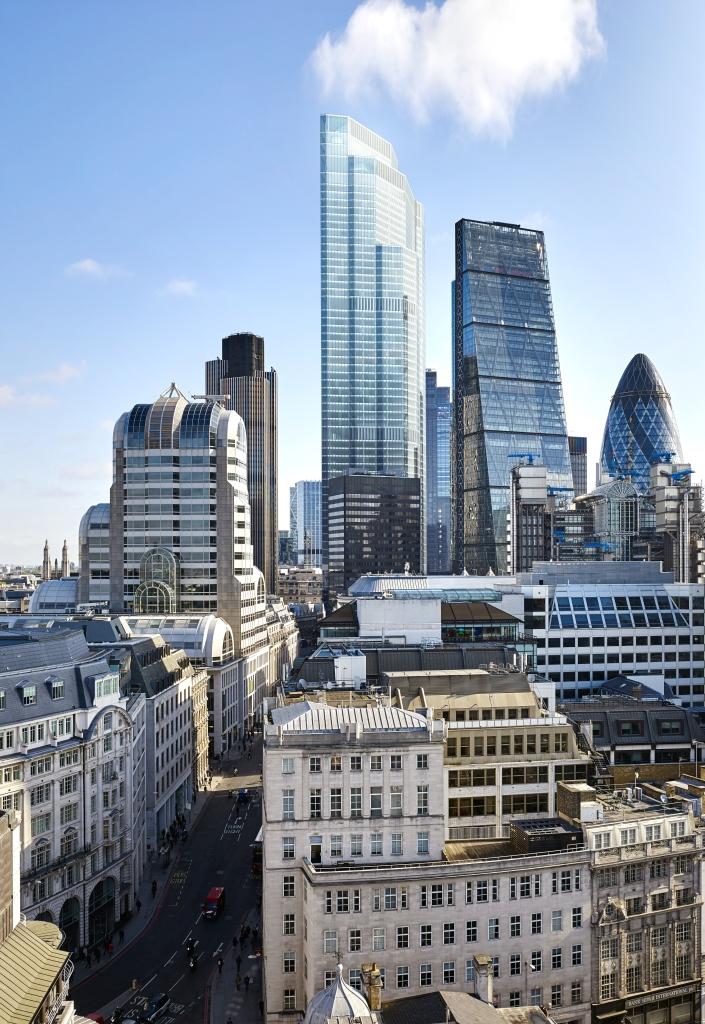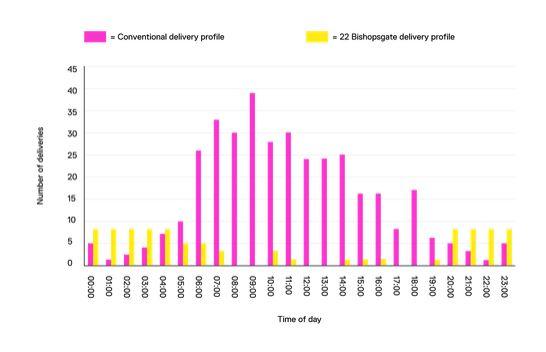- News
- Reviews
- Bikes
- Accessories
- Accessories - misc
- Computer mounts
- Bags
- Bar ends
- Bike bags & cases
- Bottle cages
- Bottles
- Cameras
- Car racks
- Child seats
- Computers
- Glasses
- GPS units
- Helmets
- Lights - front
- Lights - rear
- Lights - sets
- Locks
- Mirrors
- Mudguards
- Racks
- Pumps & CO2 inflators
- Puncture kits
- Reflectives
- Smart watches
- Stands and racks
- Trailers
- Clothing
- Components
- Bar tape & grips
- Bottom brackets
- Brake & gear cables
- Brake & STI levers
- Brake pads & spares
- Brakes
- Cassettes & freewheels
- Chains
- Chainsets & chainrings
- Derailleurs - front
- Derailleurs - rear
- Forks
- Gear levers & shifters
- Groupsets
- Handlebars & extensions
- Headsets
- Hubs
- Inner tubes
- Pedals
- Quick releases & skewers
- Saddles
- Seatposts
- Stems
- Wheels
- Tyres
- Health, fitness and nutrition
- Tools and workshop
- Miscellaneous
- Cross country mountain bikes
- Tubeless valves
- Buyers Guides
- Features
- Forum
- Recommends
- Podcast
 22 Bishopsgate at dusk, picture credit Hayes Davidson
22 Bishopsgate at dusk, picture credit Hayes DavidsonCity of London's tallest skyscraper: 1,500 bike parking spaces & delivery plan to improve cyclists' safety
A planned skyscraper that will be the tallest in the City of London will have 1,500 secure cycle parking spaces. Developers are also introducing a phased delivery plan to minimise the movements of heavy vehicles during the daytime and improve the safety of cyclists – although campaigners are urging them to use ‘direct vision’ lorries that give drivers better visibility.
22 Bishopsgate will tower 62 storeys above the junction with Threadneedle Street in the heart of the Square Mile, and will have a further three storeys underground. It will occupy the site once earmarked for The Pinnacle development, where construction ceased in 2011 leaving a nine-storey concrete core nicknamed ‘The Stump.’
An application for planning permission will be submitted next month, with construction likely to start in 2016.
The building, designed by Karen Cook of PLP Partners and being developed by Lipton Rogers on behalf of a consortium led by AXA Real Estate, is described on its website as being “big on bikes” and “low on trucking.”
The developers say it “will set new standards in promoting cycling, providing a parking facility on site for over 1,500 bikes and over 100 showers, along with hire, repairs, sales, safety training, spinning classes, laundry and drying facilities.”
They add that the development “aims to be the first building in London to adopt the new Delos WELL Building Standard … the world’s first building standard focused exclusively on human health and wellness and assesses people using the building to measure, certify and monitor features that impact health and wellbeing.”
The skyscraper is also billed as “the first major office building in London to use an off-site consolidated delivery centre to minimise vehicle movements to the site,” aimed at “reducing pollution, improving security and diminishing the number of cyclist accidents with HGVs.”
This graph, from the 22 Bishopsgate website, shows how that translates into vehicle movements throughout a 24-hour cycle compared to a standard delivery profile. The delivery plan will be in place both while the building is under construction and once it is occupied following completion, planned for 2019.
According to the developers, “Supplies to and waste from the building will be delivered to a consolidation centre outside central London and energy efficient vehicles will then make far fewer deliveries to the site outside peak pedestrian movement and rush hour times.”
While both the provision of facilities for cyclists and the phased delivery plan are welcomed by campaigners – Peter Murray, chairman of New London Architecture said on Twitter it was an “excellent strategy for consolidation of deliveries and reducing van movements” – on such a major construction project it is impossible to remove risk entirely.
Last year, it emerged that lorries removing waste from tunnelling on the Crossrail project at Liverpool Street station, further north along Bishopsgate, had been involved in the deaths of two London cyclists, Maria Karsa and Brian Holt.
In both cases, the victims were riding to begin their shifts at hospitals in East London, and the collision that claimed the life of nursing assistant Ms Karsa was outside standard working hours, shortly before 8am on a Sunday morning.
Rosie Downes, campaigns manager at London Cycling Campaign, told road.cc: “We welcome the ambition by 22 Bishopsgate to both encourage cycling and reduce road danger, though restrictions on lorry movements, while welcome, are only a part of the solution.
“In addition to the consolidated delivery plan, we’d urge the developers to ensure that only ‘direct vision’ lorries are used during construction.
“These lorries, similar in design to that seen on most modern refuse trucks in London, are now available for construction use.
“They give the driver a much better view of pedestrians and cyclists near their vehicle – no matter what time of day or night they’re travelling.
“It will also be essential for 22 Bishopsgate to prioritise safe passage for cyclists and pedestrians at access points to and from the site, and monitor this to ensure there’s no risk to vulnerable road users.”

22 Bishopsgate seen from Monument. Picture credit: Hayes Davidson
Sir Stuart Lipton of Lipton Rogers said: “22 Bishopsgate will represent an elegant addition to the City of London at the heart of the cluster of tall buildings.
“Technically advanced with care for people at the heart of its strategy and taking new ways of working as its essence, the building will assist personnel to feel motivated and earn its place as the finest working environment in Europe with wellbeing and a range of social facilities that make the work experience less stressful, as well as more uplifting and efficient.”
Anne Kavanagh, AXA Real Estate’s global head of asset management and transactions, added: "As with our other projects, 22 Bishopsgate has an underlying commitment to create a sustainable building environmentally, socially and economically.
“This investment is being made for the long term and – along with public and private investment into the local transport and infrastructure – we believe will continue to strengthen central London’s position as an international business location.”
An exhibition of the proposed development is open to the public on-site this week from 12-2pm and 4-8pm until Friday 19 June and from 10am-4pm on Saturday 20 June.
Latest Comments
- C3a 2 sec ago
It took most of 2024 and part of 2025 for the gravel bike I ordered to arrive. Nothing seems to be in stock.
- Spangly Shiny 3 min 32 sec ago
From the outside the US appears to be a Christian fundamentalist country, with the same prudish outlook as other religious fundamentalist countries.
- chrisonabike 4 min 32 sec ago
Amen! But ... it seems these "disruptor" companies * have spent money saved by not having "employees" on lobbying and lawyers. And have sometimes...
- Simon E 42 min 40 sec ago
It's bullshit, a token effort akin to sportswashing....
- Rendel Harris 48 min 44 sec ago
If you know anyone with Zwift or other indoor training programmes, they all have FTP tests on them so you wouldn't have to subject yourself to a...
- andystow 1 hour 35 min ago
Absolutely atrocious. I'm glad he's being charged.
- wtjs 2 hours 57 min ago
In the 60s, there was a pop record show which played new releases, and a famous Brummie girl judge used to give points out of 5: 'Oi'll give it...
- Rendel Harris 3 hours 10 min ago
Indeed, I spent a few moments frowning at that in perplexity. Clearly being too slammed is what's going to cause you discomfort, I can't imagine...

Add new comment
10 comments
severs1966: See the Mercedes-Benz lorry (an the O'Donovan waste vehicle next to it, dunno the make) half way through this piece http://rdrf.org.uk/2015/03/02/update-cyclists-stay-back-stickers-and-hgv...
You could check up with TfL's CLoCS to find out how many are actually in use on the streets.
Transparent doors are also available, dunno how many are used.
LB Ealing has used an infra-red recognition scheme for more than a year on vehicles that have deeper side-guards.
I'd advise you to check with London Cycling Campaign on nay more news on this.
Oh yes, "urging" really is different from " a condition specified in the procurement"
We have the winner of the PR b*ll*cks of the month award for June!
"...we’d urge the developers to ensure that only ‘direct vision’ lorries are used..."
"we’d urge"
Not "we'd require".
In other words, the builders will use no direct vision lorries, but the people promoting the development are trying to take credit for these near-fictional lorries being used.
I doubt there are any registered in the UK. Has anyone seen one that isn't an artist's impression or a factory prototype/mockup ?
Apart from that, seems like a sort of a good idea.
You sounds like they're making an effort, its a pity this sort of ethos isn't more common but its a good start.
A good design, but newer building in the City of London have been required to have very limited car parking and cycling facilities.
There was a refurbished building on Old Board St (near Bishopsgate) that in the advertising in the window stated how many bike parking spaces and how many showers.
The spacing of deliveries is a great idea, and would be better with direct vision HGVs.
I just Googled "direct vision lorry" and have to say I have never seen one of these lorries in my life (ok maybe those weird UPS trucks are "direct vision" trucks). Do haulage companies actually use them?
This appears to be great news. Good to see they're not just stopping at safe cycle storage (which is only half the problem) but they're also planning to include a number of shower and washing facilities.
I bet they forget about clothes drying facilities, this is where most organisations fail cyclists.
Secure lockup for the bike? Check
Secure locker? Check
Showers? Check
Dry clothes for the ride home? No chance
Would you like them to wash them for you as well? Take a change of clothes.
Read the article again, slowly, and see if you can spot the words "drying facilities."
They'll probably put some sort of drying facilities in with the laundry facilities...